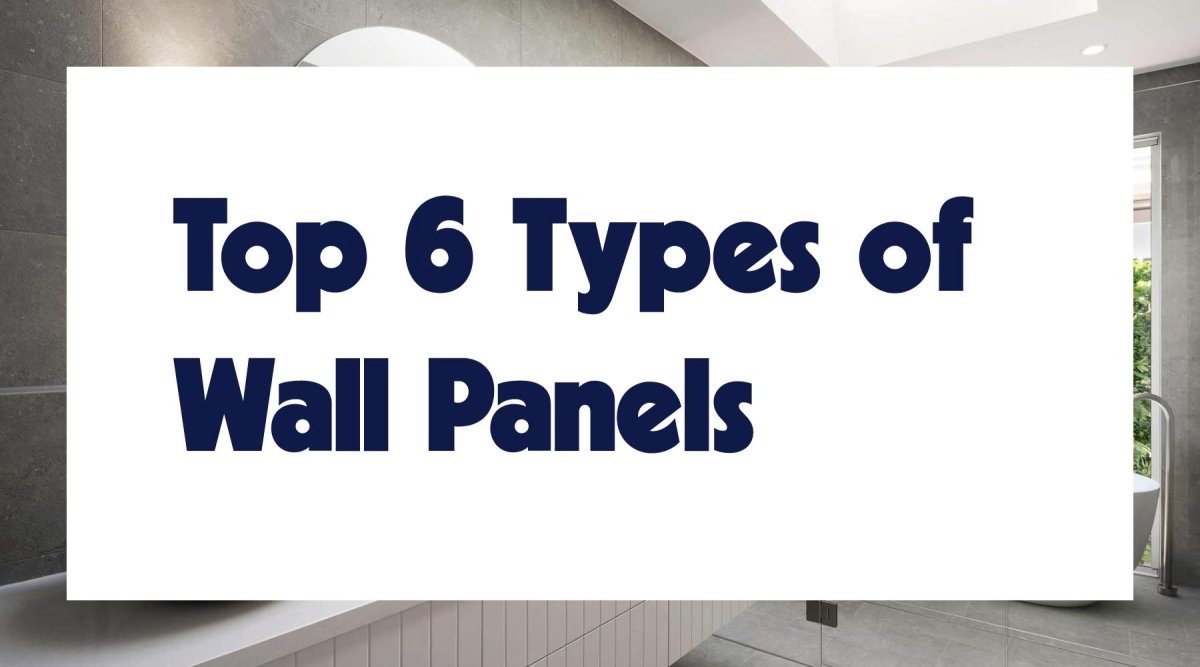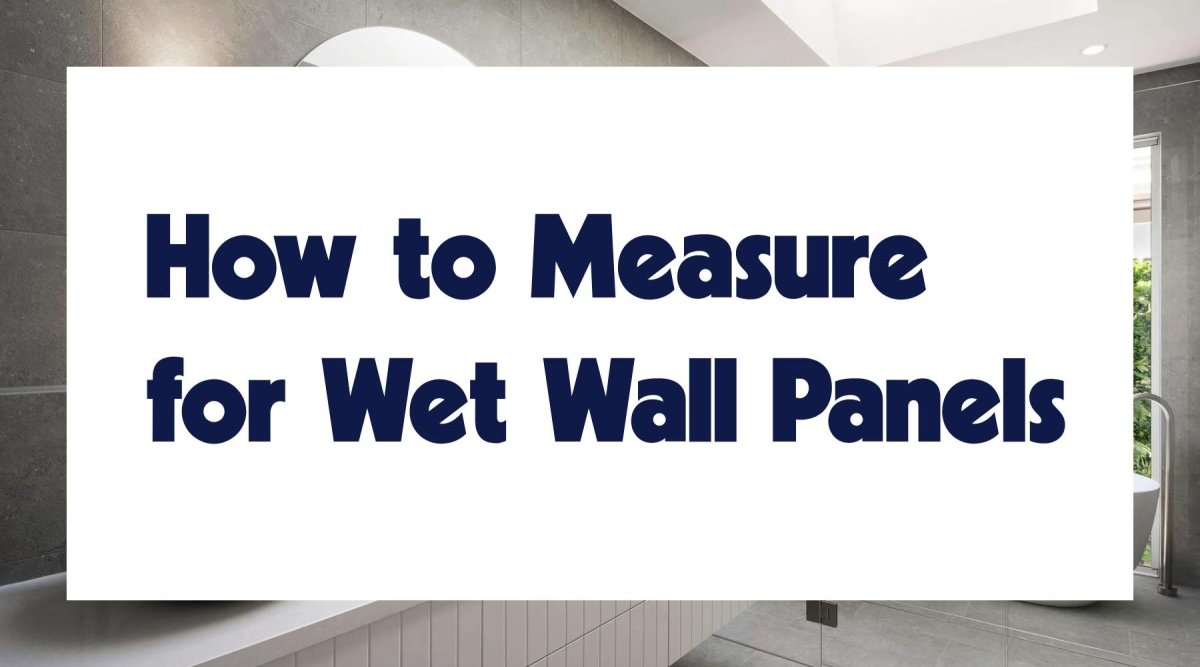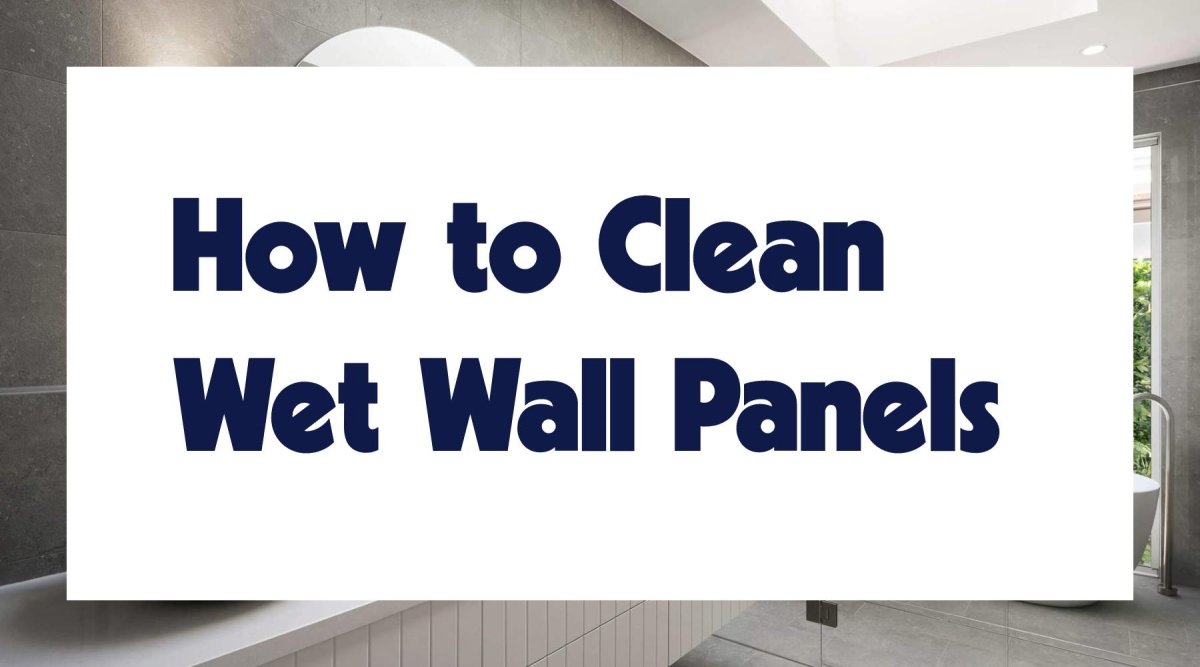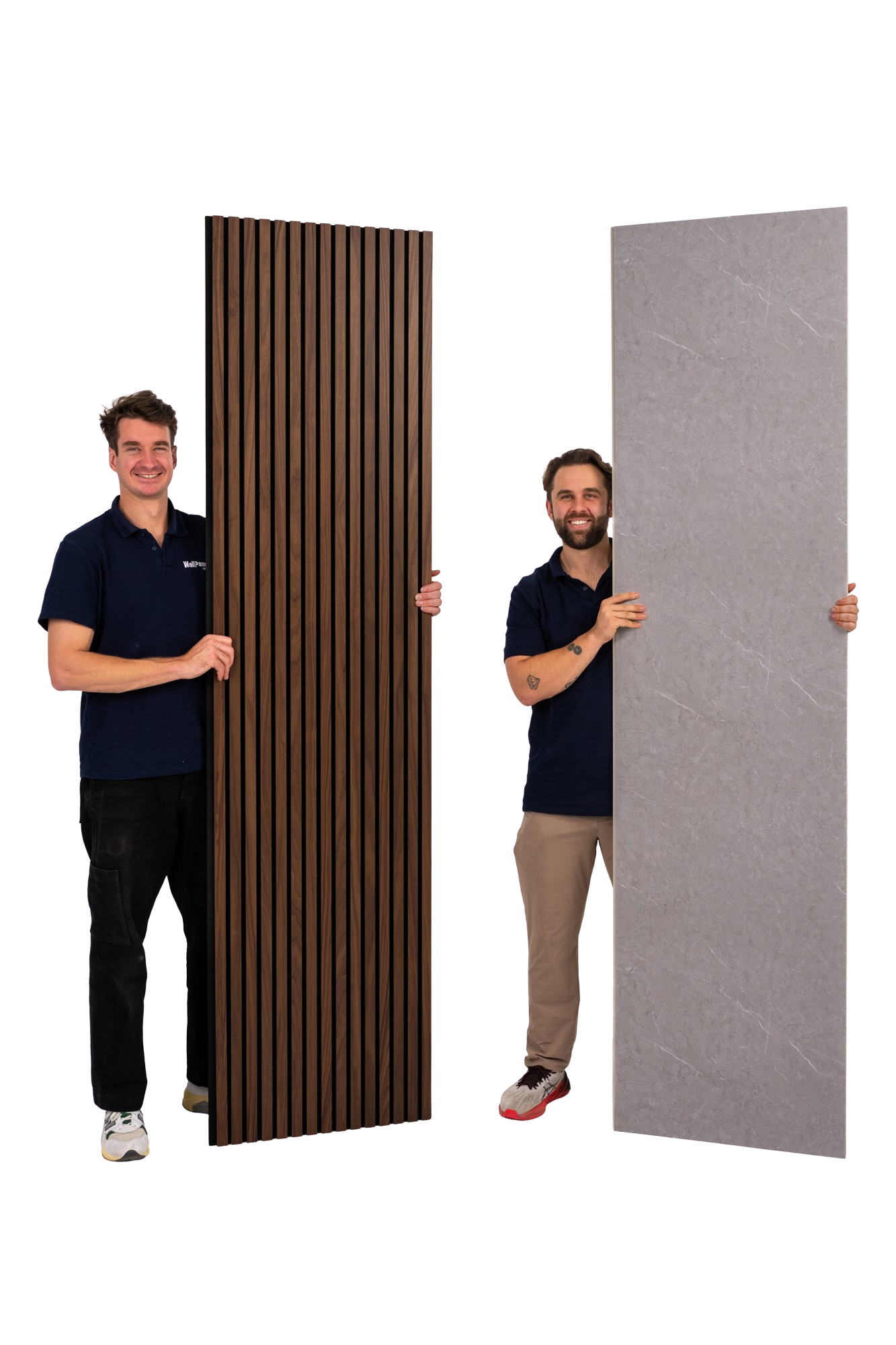There are several ways to panel walls, including various panelling materials. Today, we’re going over six types of wall panelling materials and establishing their uses. Let’s get started.

1. PVC
PVC wall panels are the perfect panel for a wet area like your bathroom. With unbeatable durability, they’re much harder to scratch or damage than other surface materials. Their hardiness saves money, too, because you’re less likely to pay for repairs or replacements for PVC panels. PVC costs roughly half the price compared to acrylic wall panels, and its tongue-and-groove fittings make it ideal for installation in a large area.

2. Acrylic
Acrylic wall panels are most commonly used for bathrooms, sometimes competing with PVC panels. They provide the same watertight seal that prevents mildew and mould that a PVC panel does. They also have a non-stick surface that repels soap, making it easy to clean them with a simple wipe - just like PVC. However, acrylic panels are heavier than PVC and have no tongue-and-groove fitting. They’re more challenging to install but they can look fantastic in the right setting.

3. Glass
Glass wall panels work as bathroom walls and dividers. They’re also a popular fireproof option for splashbacks behind stovetops in the kitchen. Glass is a lot more expensive than other wall panels, so it usually works best in commercial spaces like office buildings and shopping centres. The most significant downside to glass bathroom panels is that manufacturers make them to-measure - costing more - and they also require professional installation.

4. Wood
Wood wall panelling is most commonly used in spaces like hallways and dining rooms. The wooden material is prone to scratching and chipping and needs a high level of care to remain luxurious. Wood panels are versatile in design, easily suiting traditional panelling styles and horizontal boho aesthetics. In bathroom design, wood panels are popular for wainscoting. They are better for freestanding bathtubs and sinks rather than showers, since too much water exposure can lead to dampness and rot if untreated.

5. MDF
Medium Density Fibreboard (MDF) is made from engineered wood, which is significantly cheaper than natural wood panels. It is very thick and heavy, making it difficult to install without a professional. MDF is more inexpensive than natural wood but more expensive than PVC or acrylic because it’s considered more luxurious. Although MDF is water resistant, it’s not 100% waterproof like PVC wall panels. It can swell and warp if it gets too wet, leading to costly repairs.

6. Acoustic Fabric
Acoustic fabric wall panels provide sound absorption and reduce wall pollution. They’re typically made of fibreglass because it’s absorbent, soaking up sound waves. Wall panels using acoustic fabric are best for loud areas of the home, like the living room or children’s playroom. Acoustic door panels work in bathrooms to reduce the noise levels emitting from the room or the surrounding rooms. The downfall of acoustic panelling is its high smoke level, making it a potential danger in a fire.
Conclusion
Overall, the PVC wall panel is the clear best choice in terms of quality, value for money, and ease of installation. There are many ways to panel a wall, but PVC panelling provides a seamless, 100% waterproof surface perfect for various spaces, including bathrooms and shower rooms.






Leave a comment
All comments are moderated before being published.
This site is protected by hCaptcha and the hCaptcha Privacy Policy and Terms of Service apply.